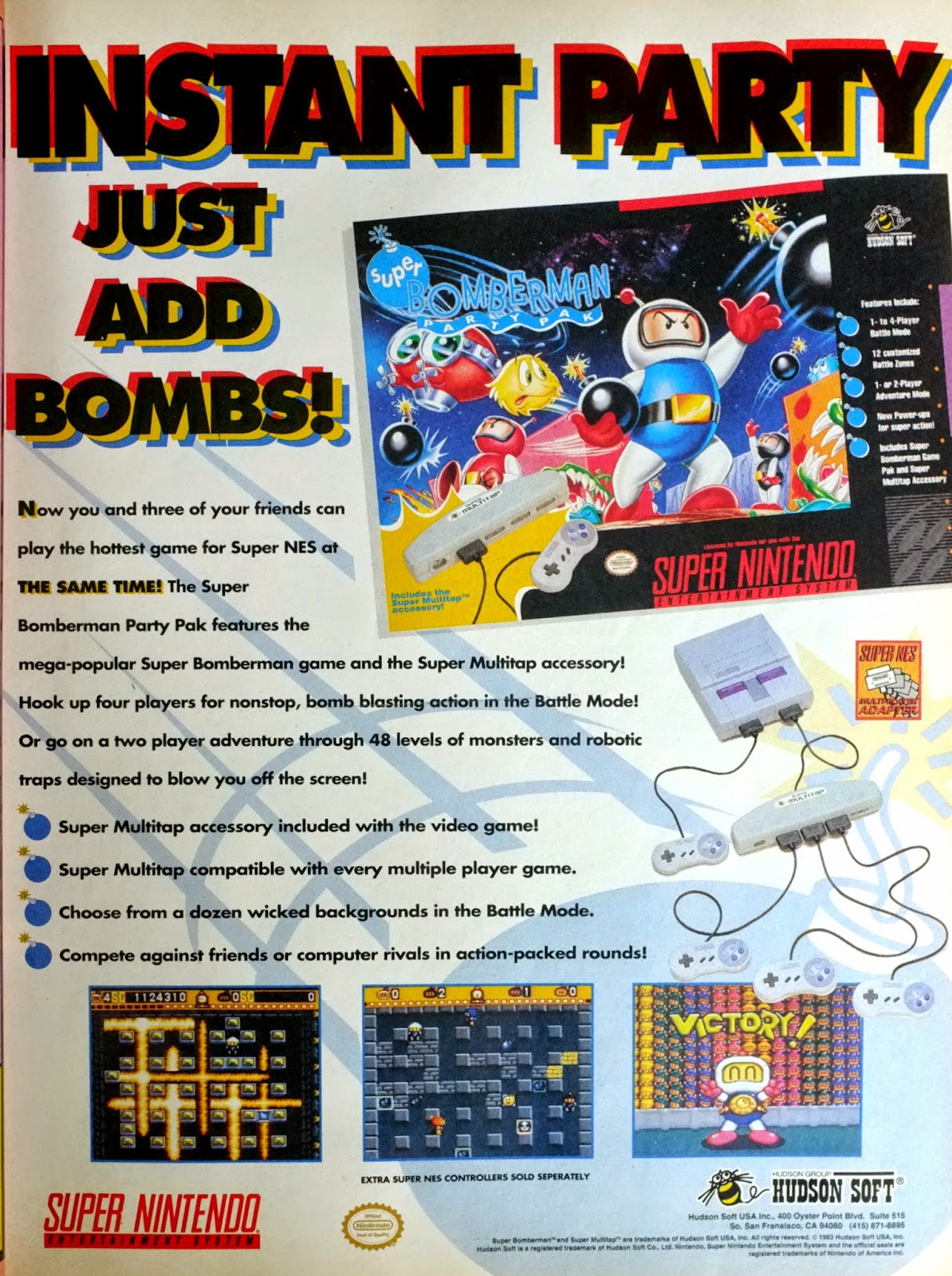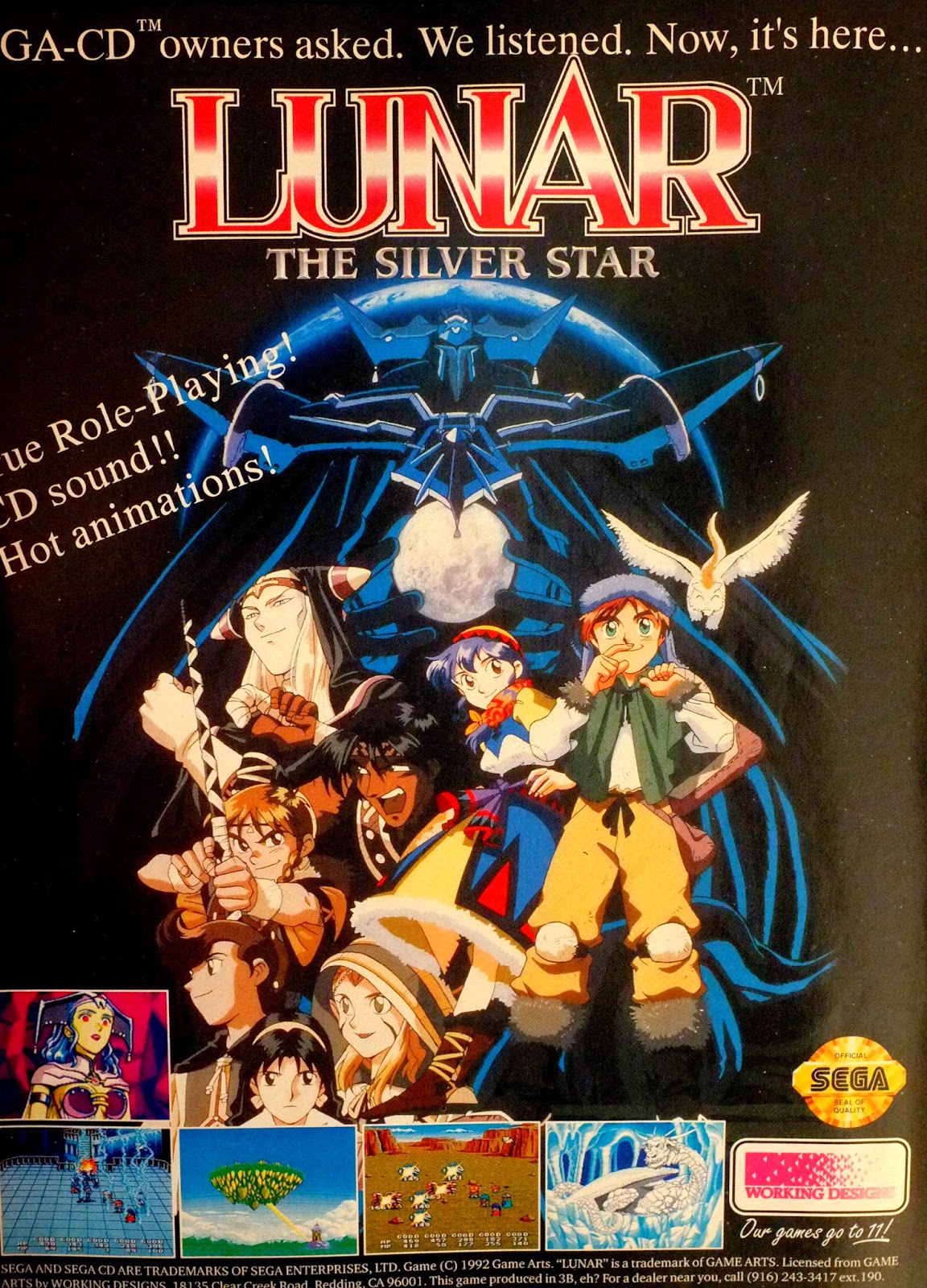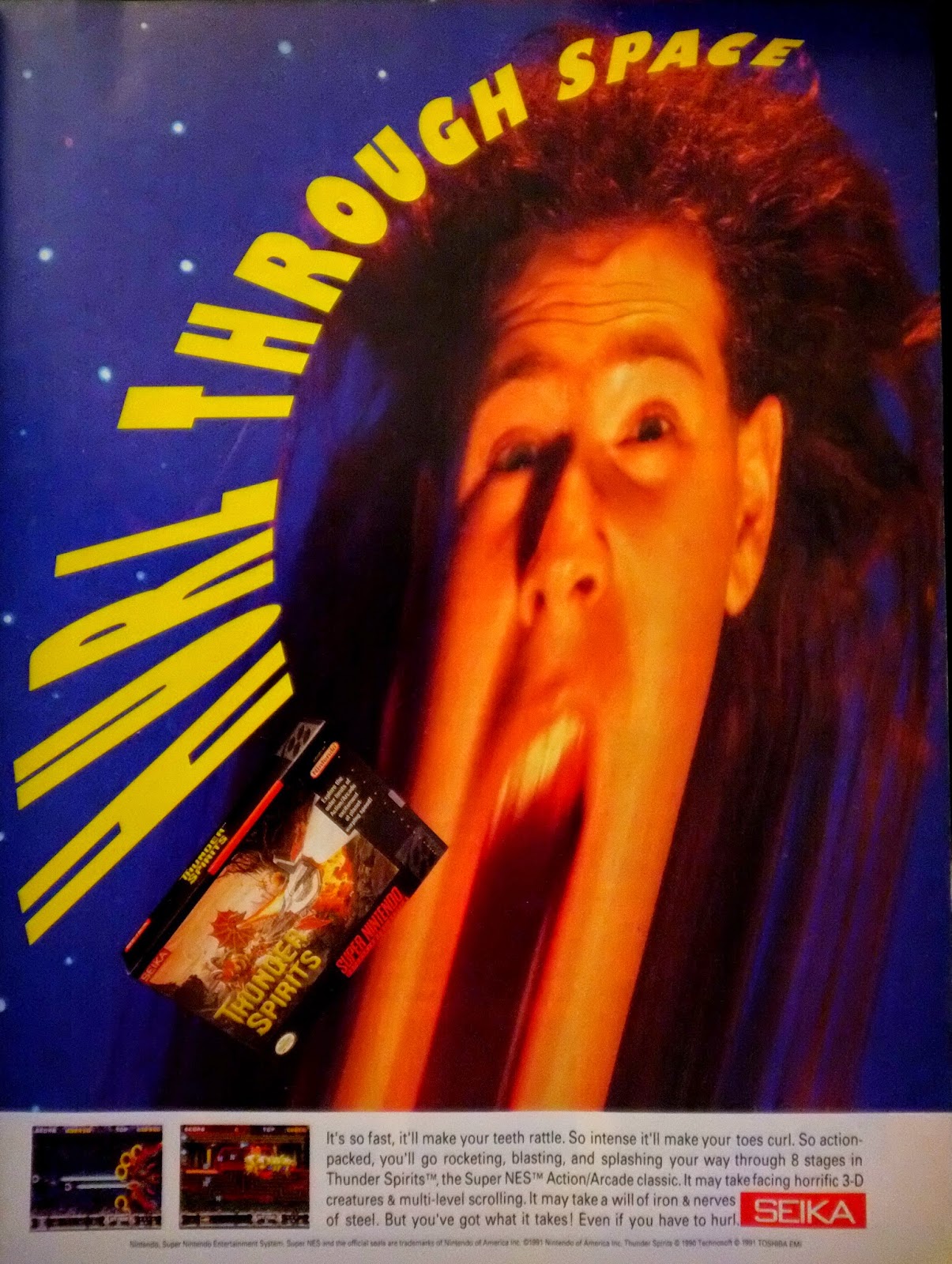 | |
Original ad published in the January 1994 of EGM (no. 54)
|
A Mad Bomber’s Epic Quest for Friendship
Super Bomberman (1993), was the first game of the acclaimed Bomberman series to hit Nintendo’s 16-bit juggernaut. It wouldn’t be the last. A total of five games where released for the Super NES/Super Famicom. All of the were good in single player mode; classics in party mode.
Bomberman is one of finest game franchises out there. You can check of the complete list of Bomberman releases to get the picture of the game’s timeless appeal. Most recently, there are smartphone versiones of the game (2014).
Yet, no Bomberman game played through an internet connection can rival the experience of playing battle mode with four of five other people in the same room. This was possible with the included Super Multistep peripheral, which ended being pretty useless when not used for Bomberman. Lots of sports games made use of the thing, but most gamers remember it being used for great 3-player action in Secret of Mana. Other than that, the thing was mostly found at the bottom of most gamer's closets.
There’s nothing quite as satisfying in Super Bomberman as cornering that obnoxious friend of a friend that beats everyone and blasting him to oblivion, right there in the same room, right beside you, as everyone breaks out in laughter. This does not happen over the internet. This must be experienced in the same room with your friend by your side.
That is why Bomberman, which had been released for the NES in 1980, was an awesome experience. Now multiply that awesomeness by 4 characters. Saturn owners would be forever spoiled by the release of their own version of Bomberman in 1996 which allowed for the incomparable experience of 10 player battle-mode. Yep, 10 friends playing the same game at the same time. Good memories.
The print ad copy by Hudson Soft is classy. The most important aspects of the game are well presented and the multitap, the crucial piece to boost the replay value of Bomberman, is prominent. And it well should be.
Super Bomberman Party Pak for Super NES print ad copy
Instant Party
Just Add Bombs!
Now you and three of your friends can play the hottest game for Super NES at THE SAME TIME! The Super Bomberman Party Pak features the mega-popular Super Bomberman game and the Super Multitap Accessory!
Hook up to four players for nonstop, bomb blasting action in the Battle Mode! Or go on a two player adventure through 48 levels of monsters and robotic traps designed to blow you off the screen!
- Super Multitap accessory included with the video game!
- Super Multitap compatible with every multiple player game.
- Choose from a dozen wicked Backgrounds in the Battle Mode.
- Compete against friends or computer rivals in action-packed rounds!
Hudson Soft






























